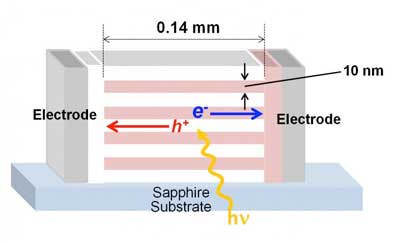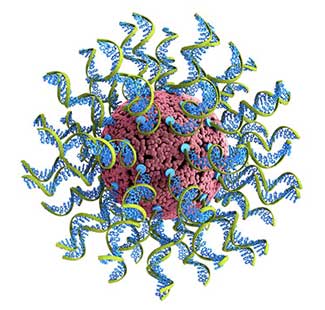
Tuesday, February 19, 2019
New machine learning technique rapidly analyzes nanomedicines for cancer immunotherapy
A nanoclay platform for treating osteoarthritis
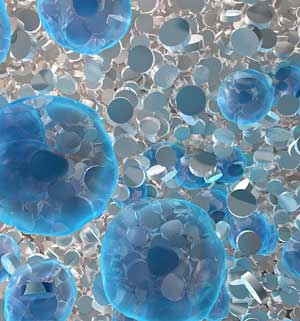
Nanopores make portable mass spectrometer for peptides a reality
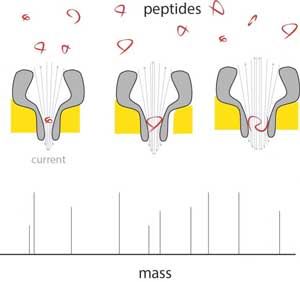
Can a flowing liquid-like material maintain its structural order like crystals?
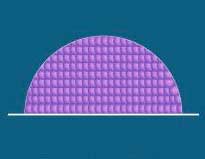
Semiconductors - When a defect might be beneficial
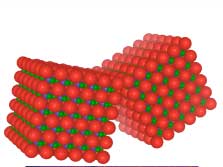
Scientists identify atomic structure of catalytically active copper-ceria interface
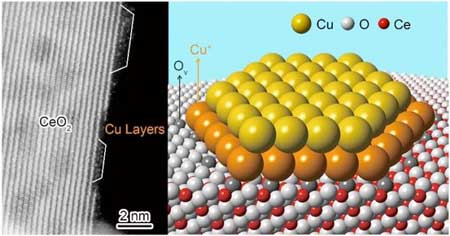
Porous carbon fiber research one step closer to use in automotive industry

Nanodroplets are the key to controlling membrane formation
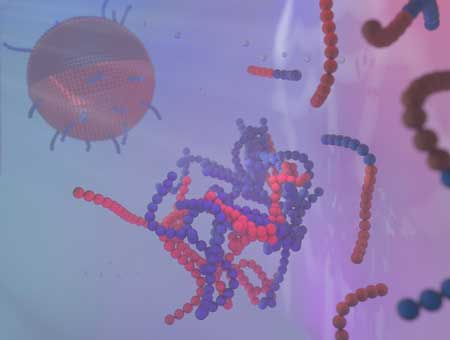
Firefly-inspired surfaces improve efficiency of LED lightbulbs
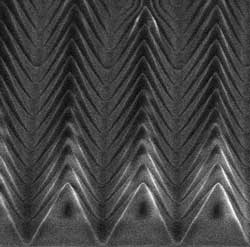
Dose of vitamin C helps gold nanowires grow
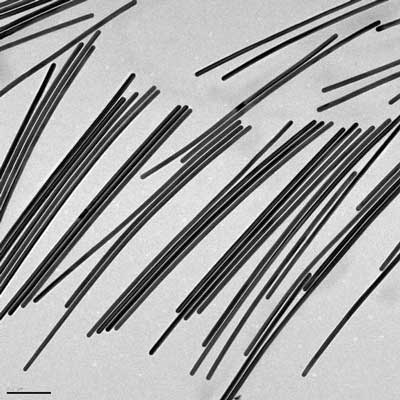
Graphene 'sandwich' key to new electronics
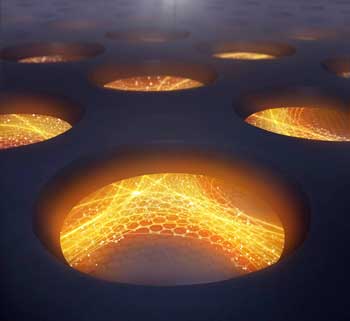
Subscribe to:
Comments (Atom)

